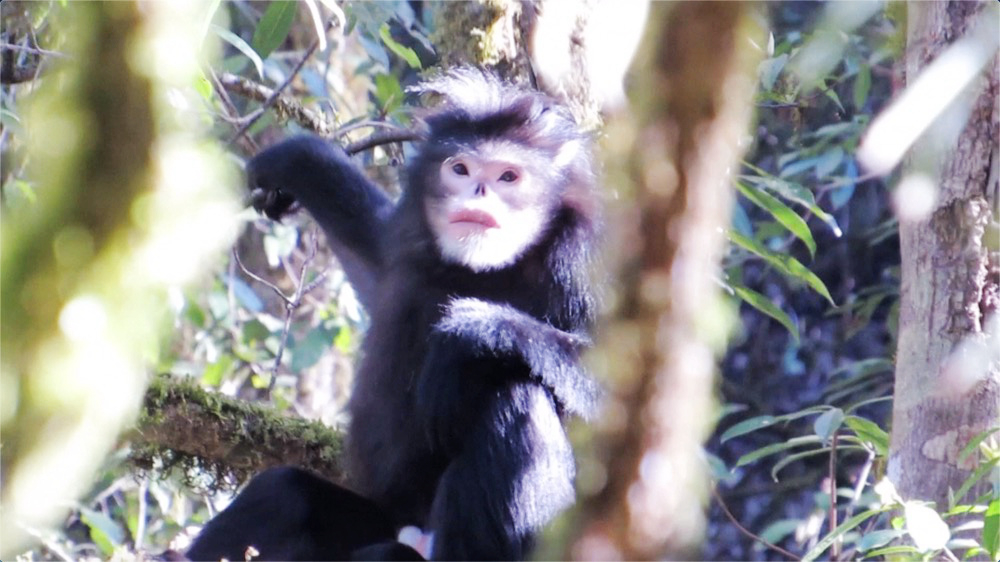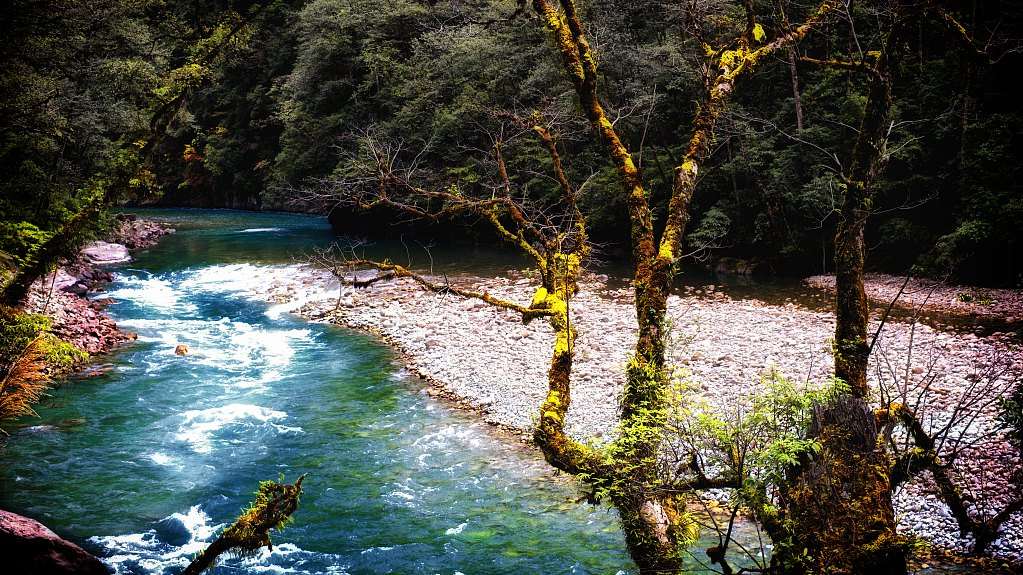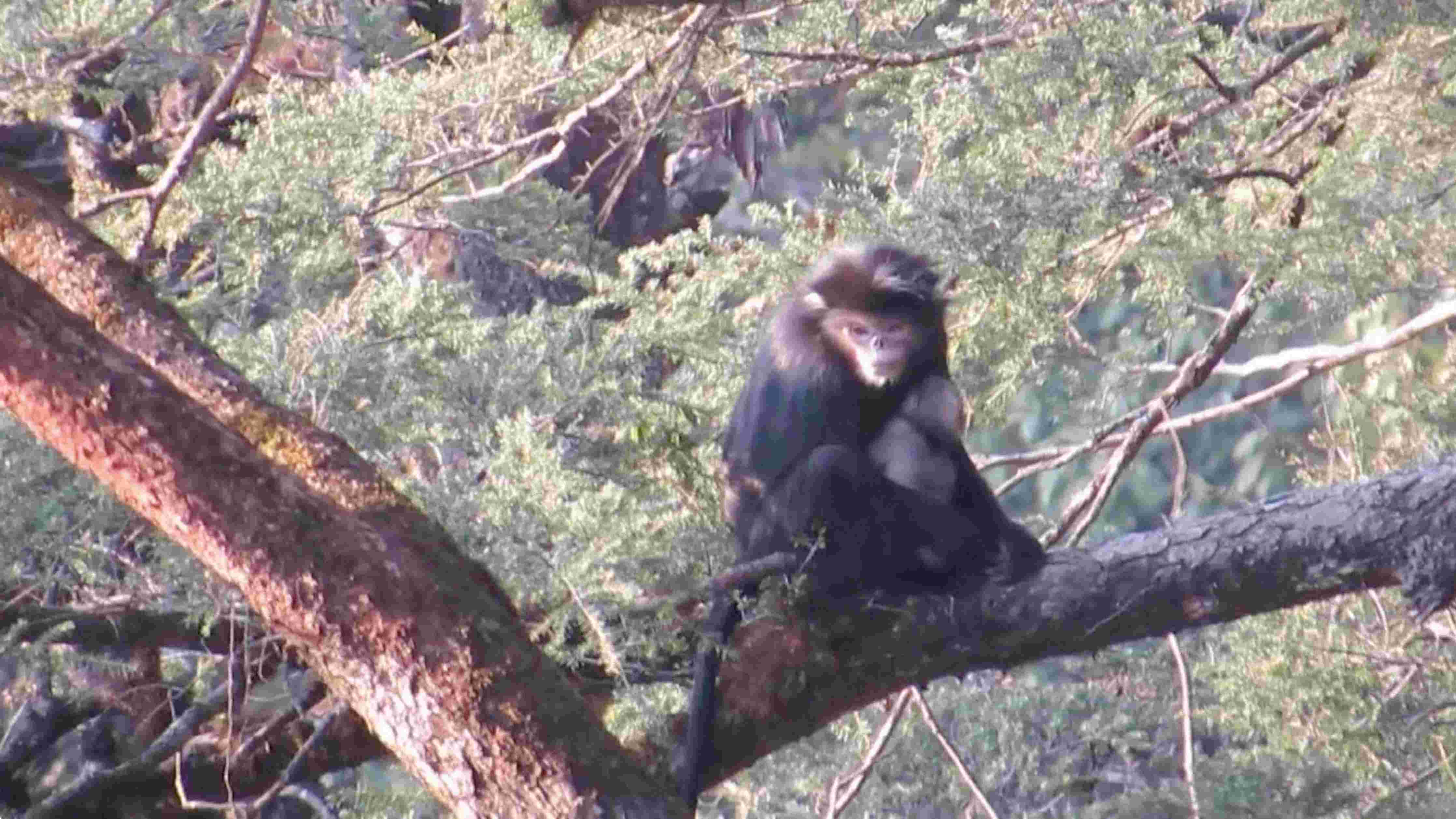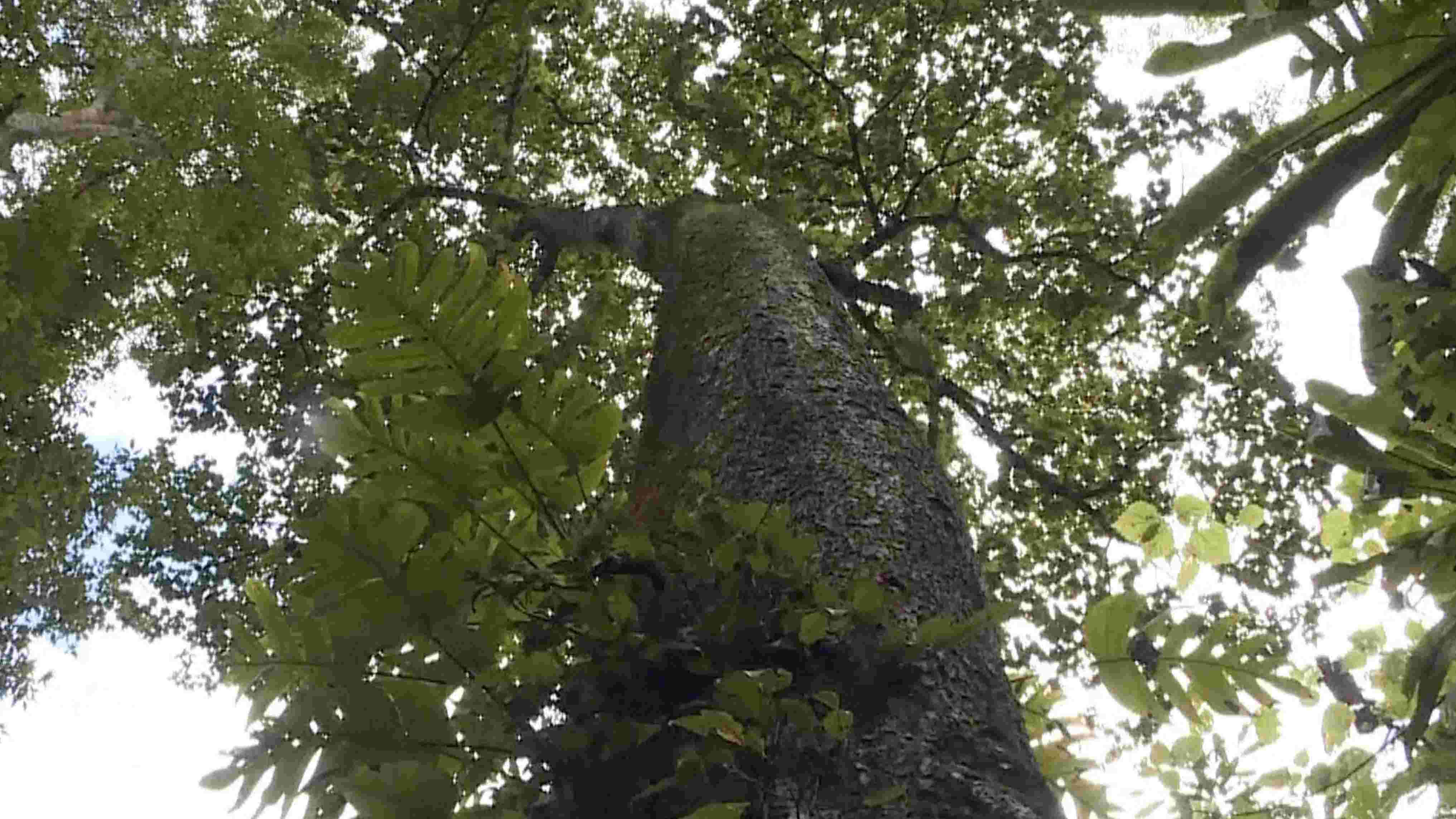
Animal
15:18, 23-May-2019
China nature reserve steps up species protection
CGTN
01:15

Dubbed as the world's species gene pool, the Gaoligong Mountain in southwest China has been stepping up species protection.
Situated along the west bank of the Nujiang River in southwestern Yunnan Province, the Gaoligong Mountain has an elevation of over 4,000 meters, with 10 kinds of vegetation forms.
The Gaoligong Mountain is home to 5,135 kinds of spermatophytes and 36 kinds of plants under China's second class or above national protection, with 205 types of mammals and 525 types of birds living there.

Gaoligong Mountain Nature Reserve. /VCG Photo
Gaoligong Mountain Nature Reserve. /VCG Photo
"The Gaoligong Mountain is a mountain range erecting from south to north. To its north is the Qinghai-Tibet Plateau; south is the Indochinese Peninsula. They are linked by the biological tunnel of the Gaoligong Mountain. And when encountering severe weather conditions for the past 10 million years, wildlife and plants could migrate from bottom to top and vice versa along the mountain range. So, many endemic species have stayed at such a unique natural environment," said Yang Guicheng, director of the biodiversity research center at the Nujiang protection bureau within the Gaoligong Mountain National Nature Reserve.
With such a great environment, the nature reserve welcomed a number of newborns of critically endangered Myanmar snub-nosed monkeys in mid-April this year.

Myanmar snub-nosed monkey mother and its baby. /Screenshot from the video
Myanmar snub-nosed monkey mother and its baby. /Screenshot from the video
Discovered in October 2010, the Myanmar snub-nosed monkey is a new species of snub-nosed monkey with black fur.
In China, it is mainly found at the Gaoligong Mountain, living at an elevation of 2,300 to 3,300 meters.
Staff with the nature reserve said that the number of Myanmar snub-nosed monkey has seen great increase these years.
"[We will] try to minimize human interference, as we will prevent the monkeys' range of activity from being damaged. And also we will try to keep protecting its food sources through patrols," said He Guipin, director of the biodiversity research center at the Lushui protection bureau within the Gaoligong Mountain National Nature Reserve.

A Sclater's Monal captured by infrared cameras in the reserve. /Screenshot from the video
A Sclater's Monal captured by infrared cameras in the reserve. /Screenshot from the video
In addition, the nature reserve has started installing and retrieving infrared cameras to better keep a record of state-protected animals since 2017.
"For next step, we will continue to reinforce the protection of flagship species, such as Myanmar snub-nosed monkey, so as to provide a better living environment for species living at the Gaoligong Mountain," said Hu Guohua, director of the Lushui protection bureau with the Gaoligong Mountain National Nature Reserve.
Except from animals, the Gaoligong Mountain is also the garden to grow a large number of endangered plants, such as the Yunnan Craigia, a rare flowering tree.
It has been said that the number of Yunnan Craigia was less than 100. However, 42 trees were found in the mountain early this year.

Yunnan Craigia in the nature reserve. /CCTV
Yunnan Craigia in the nature reserve. /CCTV
Yunnan Craigia is currently on both China Species Red List and Red List of Threatened Species of IUCN.
Read more: Endangered Yunnan craigia found in SW China
(Top image: screenshot from the video)
(If you want to contribute and have specific expertise, please contact us at nature@cgtn.com.)

SITEMAP
Copyright © 2018 CGTN. Beijing ICP prepared NO.16065310-3
Copyright © 2018 CGTN. Beijing ICP prepared NO.16065310-3